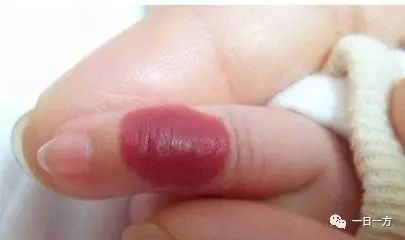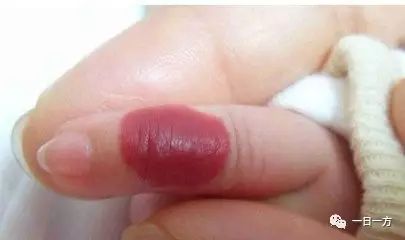

Powders for Hemangiomas
Formula One: Ku Liu San (Dry Tumor Powder)
Ingredients: 1. Huai Lan Cai (Lai Huo) (dried and burned to ash) 120 grams
2. Qiao Mai (Buckwheat) (burned to ash) 120 grams
3. Feng Hua Shi (Calcined Lime) 250 grams
(Mix the three ingredients and add 750 ml of juice, simmer on low heat until it becomes a frost. Remove and prepare the following medicine)
4. Fan Mu Bie (3 pieces, oil removed)
5. Ba Dou (60 seeds, oil removed)
6. Hu Jiao (Pepper) (19 seeds, rough skin removed)
7. Ming Xiong (3 grams)
8. Ren Yan (3 grams)
Preparation Method: Grind all ingredients into a fine powder. Mix with the previous medicine and store in a porcelain bottle.
Use vinegar to adjust the mixture. Use a new sheep wool brush to apply the medicine directly onto the tumor. If the tumor is the size of a bowl, apply the medicine as large as a longan seed; if the size of a teacup, apply as large as a yellow bean. Apply frequently if it is dry. The tumor will dry up and fall off. If the blood tumor breaks, mix with hair ash; if the powder tumor breaks, mix with burnt white hemp skin ash. Protect the area with ointment. The wound will naturally heal.
Indications: Blood tumors, powder tumors.
Source: Selected Good Formulas from Zhongfu Hall

Formula Two: Yin Xiu San (Silver Rust Powder)
Ingredients: 1. Shui Yin (Mercury) 3 grams
2. Bing Pian (Borneol) 1 gram
3. Qing Fen (Calamine) 9 grams
4. Huang Bai (Phellodendron) 6 grams
5. Chao Nao (Camphor) 3 grams
6. Jing Xiu (Mirror Rust) 3 grams
7. Bei Wu (Shell) 3 grams
8. Er Cha (Tea) 9 grams
Preparation Method: Grind all ingredients into a fine powder and apply to the affected area.
Indications: Early-stage blood tumors.
Source: Dong Tian Ao Zhi
Note from the Author:
Hemangiomas are common congenital benign tumors or vascular malformations formed by the proliferation of vascular cells during embryonic development, often seen at birth or shortly after. Residual embryonic vascular cells and active endothelial-like buds invade adjacent tissues, forming endothelial-like cords that connect with remaining blood vessels, resulting in hemangiomas. The blood vessels within the tumor form their own system and are not connected to surrounding vessels. Hemangiomas can occur anywhere in the body.


